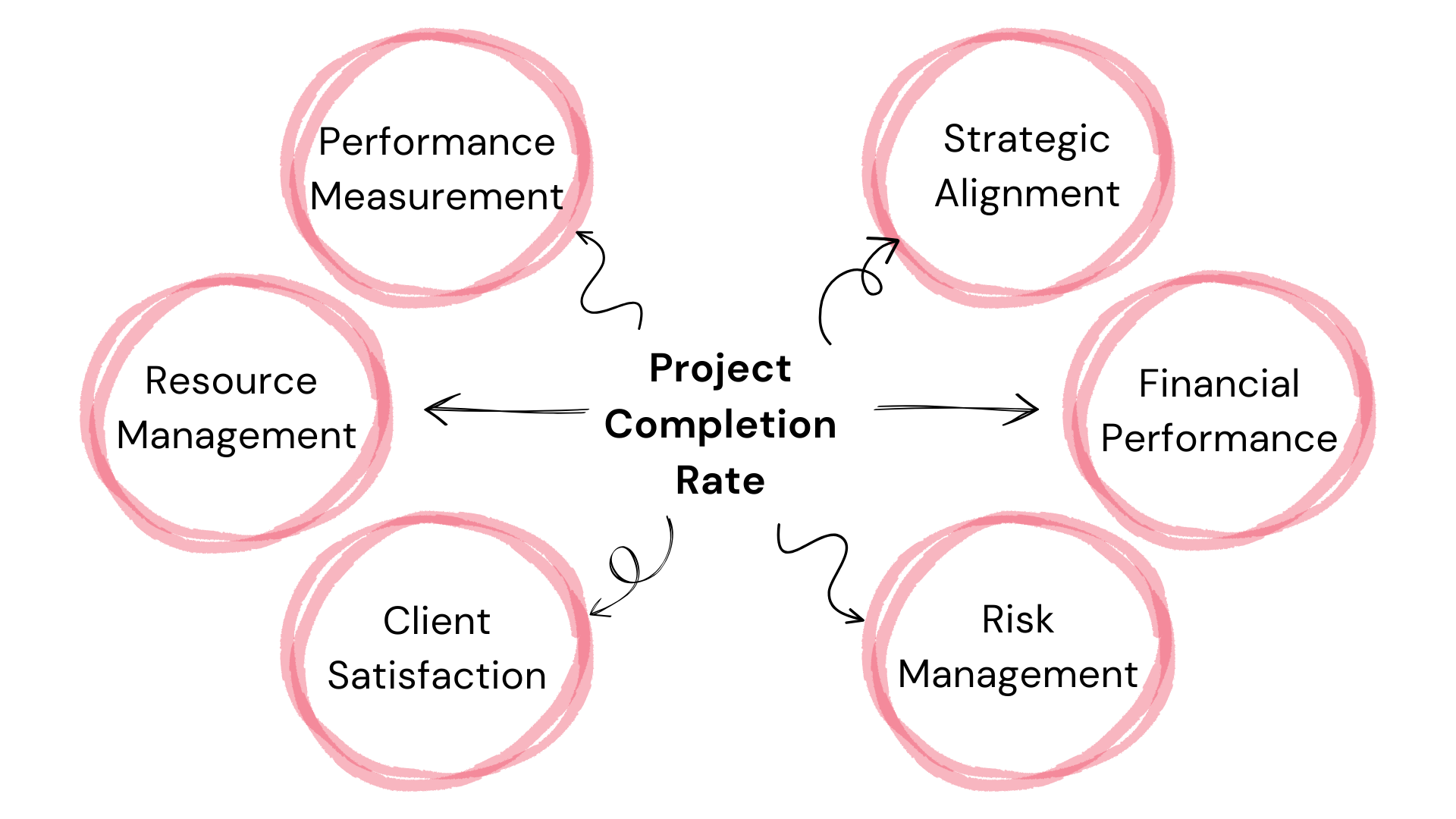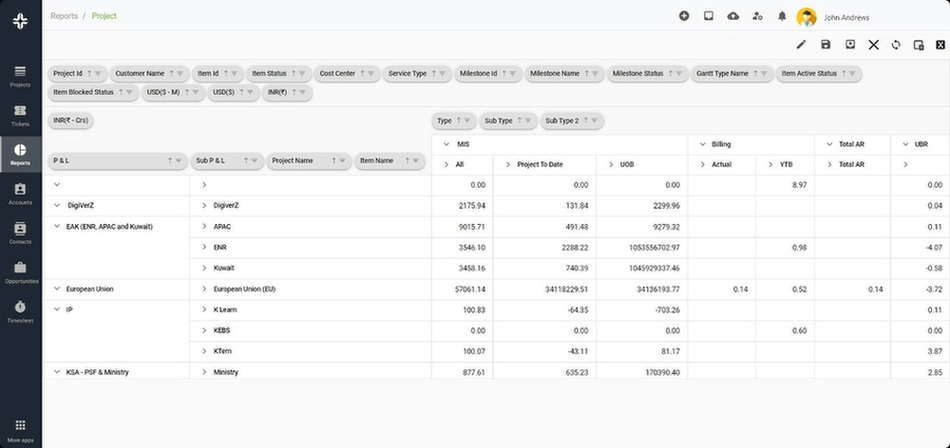
What is Project Completion Rate?
Project Completion Rate (PCR) is a metric that quantifies the percentage of projects that are completed on time and within budget. It’s a crucial indicator in Professional Service Automation (PSA) as it provides insights into the efficiency and effectiveness of project management processes.
A high completion rate signifies efficiency, client satisfaction, and profitability, while a low rate can lead to delays, cost overruns, and dissatisfied clients. Maintaining a high Project Completion Rate is essential for a successful PSA implementation, ensuring smooth operations and long-term business success.
Importance of Project Completion Rate
Understanding the PCR is vital for several reasons:
1. Performance Evaluation: It offers a clear picture of how well projects are managed and executed.
2. Resource Allocation: A high PCR indicates efficient resource management and optimal utilization of assets.
3. Client Satisfaction: Timely and budgeted project completion often leads to satisfied clients, enhancing the company’s reputation.
4. Financial Health: Projects that adhere to their timelines and budgets ensure steady cash flow and financial stability.

Importance of Project Completion Rate
Calculating Project Completion Rate
Formula:
PCR = (Number of projects completed on time / Total number of projects)
Example:
Let’s say a company undertook 100 projects in a year. Out of these, 85 were completed on time. Using the formula:
PCR=(85/100)×100=85
This means the company has an 85% Project Completion Rate.
Project Completion Rate vs Other Metrics
PCR is often confused with other metrics. Here’s how it differs:
1. PCR vs Project Success Rate: While PCR focuses on timely and budgeted completion, Project Success Rate evaluates the overall success, including quality and client satisfaction.
2. PCR vs Task Completion Rate: Task Completion Rate pertains to individual tasks within a project, while PCR looks at the project as a whole.
3. PCR vs Financial Metrics: Financial metrics like ROI or profit margin focus on monetary returns, whereas PCR emphasizes project timelines and budgets.
| Metric | Description | Purpose in PSA |
|---|---|---|
| Project Completion Rate | Measures the percentage of completed projects | Evaluates project delivery efficiency |
| Project Profitability | Assesses the financial success of projects | Determines if projects are profitable |
| Resource Utilization | Tracks how effectively resources are utilized | Ensures optimal resource allocation |
| Client Satisfaction | Gauges client contentment with the services | Indicates overall client relationship |
Utilizing Project Completion Rate
PCR is not just a passive metric; it can be actively used in various ways:
1. Improving Processes: A low PCR can indicate inefficiencies in the project management process, prompting a review and refinement.
2. Resource Reallocation: By analyzing PCR, organizations can identify underutilized resources and reallocate them for better efficiency.
3. Client Communication: Sharing a high PCR with potential clients can boost the company’s credibility and increase the chances of securing deals.
4. Strategic Planning: PCR can influence future strategies, especially when considering taking on larger projects or entering new markets.
Ready to Optimize Your Project Completion Rate?
KEBS, a leading PSA Software, offers tools and features that can significantly enhance your PCR. With features like Gantt charts, KEBS ensures projects stay on track.
KEBS resource management software ensures optimal allocation, reducing project delays. With KEBS finance management software, budgets are monitored in real-time, ensuring projects don’t overshoot their financial limits. Address issues promptly with KEBS ticket management software, ensuring they don’t derail project timelines.

KEBS Project Management
Ready to optimize your Project Completion Rate? Contact KEBS today or request a demo to see how KEBS can transform your project management processes.



